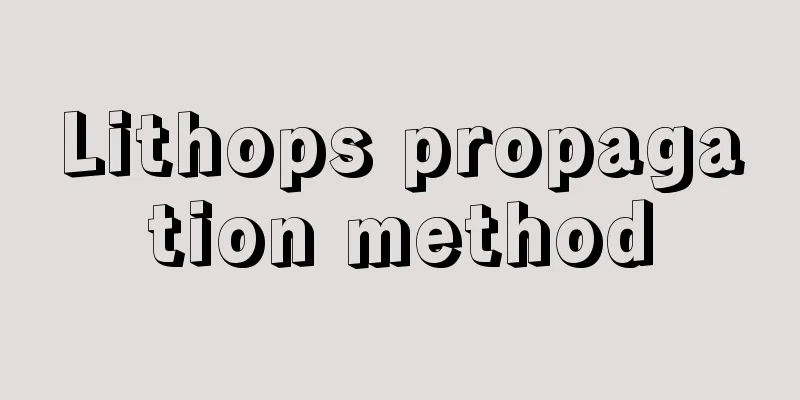How to propagate sea beans

Seeding propagation of sea red beansSelection of sea beansThe most important thing for sowing is to select the seeds. Choose seeds that were harvested that year, with full grains, no defects or deformities, and no diseases or insect pests. Soak the seeds in hot water at about 60℃ for a quarter of an hour for disinfection. Then disinfect the substrate for sowing and expose it to the sun.Sea bean sowingSprinkle the sea red bean seeds on the surface of the substrate, cover the seeds with 1-2 cm thick substrate, and use a sprayer to soak the sowing substrate after sowing. Water it again when the surface of the potting soil is slightly dry, but be careful not to wash away the seeds with the strength of watering.Management after sowing of sea red beansIf sowing in winter or early spring, pay attention to frost prevention. You can wrap the flower pot with plastic film to create a microclimate to keep warm and moisturize. After the seedlings emerge from the soil, remove the film in time to allow them to adapt to the external environment. Pay attention to hardening the seedlings, otherwise the seedlings will grow very weakly. When the seedlings have grown 3 or more true leaves, they can be transplanted.Cutting propagation of red beansPreparation for cutting of sea red beansLate spring and early autumn are good times for sea red beans cuttings. The cuttings can be made from tender branches of the current year or old branches of last year. The cutting medium can be made from nutrient soil, river sand, peat soil and other materials.Sea red bean cuttingsAfter selecting the branches for cuttings, cut them into 10 cm long sections, each with at least 3 leaf nodes. It should be noted that the upper incision should be cut flatly about 1 cm above the top leaf node, and the lower incision should be cut obliquely about 0.5 cm below the bottom leaf node. Both the upper and lower incisions should be flat.Management after cutting of sea red beansIf the temperature is low after cuttings, wrap the flower pot or container with plastic film; if the temperature is high after cuttings, pay attention to shading the cuttings. Cuttings are prone to water shortage when the temperature is high. You can spray the cuttings to replenish water. Before the cuttings take root, pay attention to ensure that the cuttings are fresh and tender and can carry out photosynthesis to produce substances needed for plant growth; giving the cuttings appropriate light is conducive to the rapid rooting and growth of the cuttings, so pay attention to placing the flower pots after cuttings in the sun. Of course, direct sunlight is strictly prohibited, and pay attention to shading in summer. Once the cuttings have taken root, they can be transplanted. |
>>: Dragon fruit can also be grown on the balcony, with fruits hanging all over the branches
Recommend
How to prune the crabapple
The purpose of pruning Begonia Early flowering of...
Cultivation methods and precautions for black pine bonsai
Black pine bonsai is a kind of pine bonsai. There...
What medicine can cure brucellosis in cattle?
Brucella bovis is a zoonotic disease characterize...
Causes and treatments for yellow leaves of mountain roses
1. Too much watering 1. Reason: Mountain rose is ...
What to do if the leaves of green radish curl up
1. Root Root damage is an important reason why th...
How to grow Dendrobium
1. Temperature The temperature suitable for the g...
How to care for newly bought cosmos
1. Potting soil There is no need to repot newly p...
Chrysanthemum likes sun or shade. Is the plant shade-tolerant or sun-tolerant?
Chrysanthemum likes shade or sun Chrysanthemum is...
How to fertilize balcony vegetables
Transplanting and fertilizing Vegetables need to ...
What to do if gardenia has scale insects
1. Introduction to pests It mainly harms branches...
These common purple flowers are so beautiful!
Violet Violets are relatively cold-resistant but ...
The propagation method of southern crape myrtle
1. Cutting method 1. Cuttings of softwoods: The t...
Does Acorus calamus prefer shade or sun?
Does Acorus calamus prefer shade or sun? Acorus c...
What is the most effective way to kill trees? What is the best way to kill trees?
Which tree removal medicine is the most effective...
The difference between crabapple and cherry blossom
1. Main branch difference The main branches of cr...









